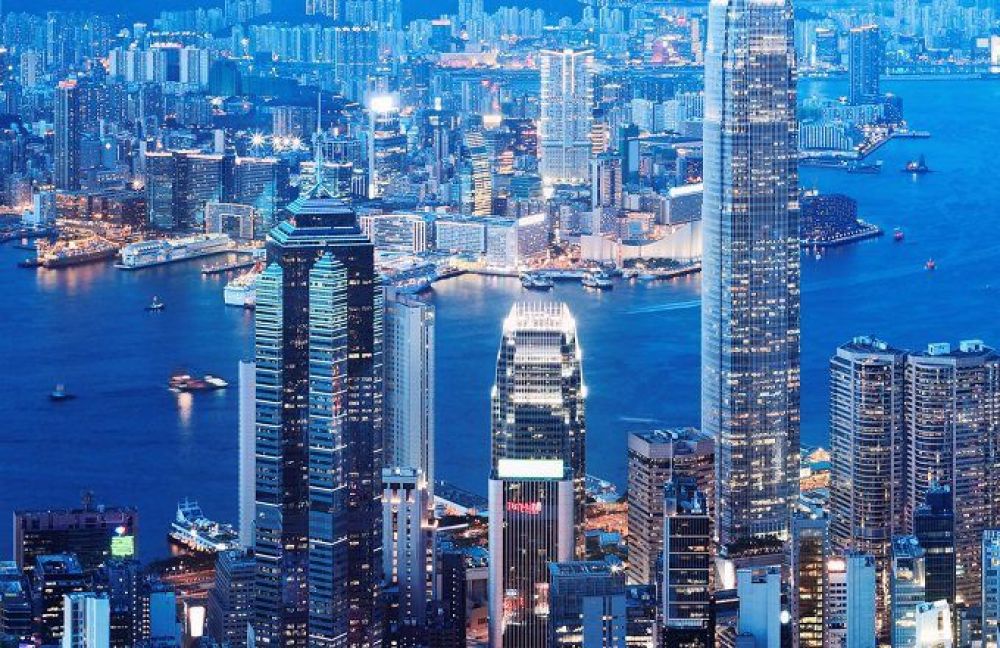

The history of tourism in Hong Kong can be traced back to the late 19th and early 20th centuries when it was a British colony. Initially, its strategic position as a gateway between the East and the West attracted merchants and businessmen. However, over time, the unique blend of Eastern and Western influences, coupled with its stunning skyline and natural harbor, began drawing leisure travelers as well.
The early 20th century marked the beginning of Hong Kong's journey into the world of tourism. The famous Peninsula Hotel, which opened in 1928, symbolized the luxury that awaited travelers who stopped by during their Asian tours. The introduction of passenger flight services by Cathay Pacific in 1946 further boosted accessibility, establishing Hong Kong as a major stopover point for international travelers.
In the 1950s and 1960s, Hong Kong solidified its reputation as a premier travel destination. The city’s modernity, combined with its rich cultural heritage, attracted tourists from around the globe. With advancements in aviation and the rise of jet travel, more people could afford to visit this exotic locale. In 1961, the formation of the Hong Kong Tourist Association (HKTA), now known as the Hong Kong Tourism Board (HKTB), provided an institutional framework to support and promote tourism in the region.
The 1970s to 1990s are often referred to as the Golden Era of Hong Kong tourism. The city's skyline began to take its iconic shape with the construction of landmark buildings like the Bank of China Tower. In 1978, China’s "Open Door Policy" allowed Hong Kong to serve as an essential conduit for travelers to the mainland, enhancing its status as a global tourist destination. The opening of Ocean Park in 1977 and later the Hong Kong Convention and Exhibition Centre in 1988 were significant in attracting family and business travelers, respectively.
The turn of the millennium brought both opportunity and challenges. The 1997 handover of Hong Kong from Britain to China marked a new era, with increased Chinese tourism to Hong Kong. The city continued to flourish with new attractions like Disneyland Hong Kong, which opened in 2005. However, the SARS outbreak in 2003 and the global financial crises posed considerable hurdles, causing temporary dips in tourist numbers.
In recent years, before the COVID-19 pandemic, Hong Kong's tourism saw a shift towards experiential travel, including food tours, cultural experiences, and eco-tourism. The city has been actively developing sustainable tourism practices and promoting off-the-beaten-path attractions to diversify its tourism offerings.
However, the COVID-19 pandemic has significantly impacted the global tourism industry, with Hong Kong experiencing a steep fall in international visitors. As the world starts to recover, there is a strong push towards digitalization in tourism services, and Hong Kong is adapting with virtual tours and contactless technology to enhance tourist safety and convenience. With the pandemic slowly coming under control, the future of Hong Kong's tourism looks hopeful, focusing on resilient and sustainable development, ready to welcome the world once again.
As travel norms evolve, Hong Kong Tourism Board continues to market the city as a top travel destination, ready for the resurgence of global tourism. Innovations in travel experiences, a renewed emphasis on cultural offerings, and maintaining its global appeal will be essential for the rebirth of Hong Kong's tourism sector.